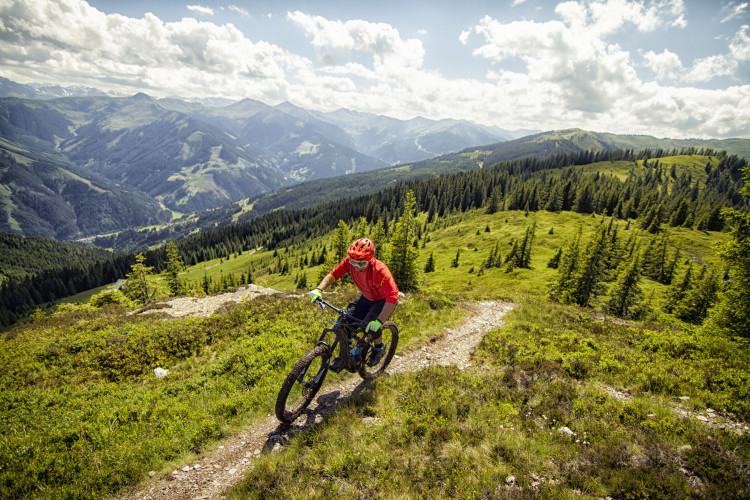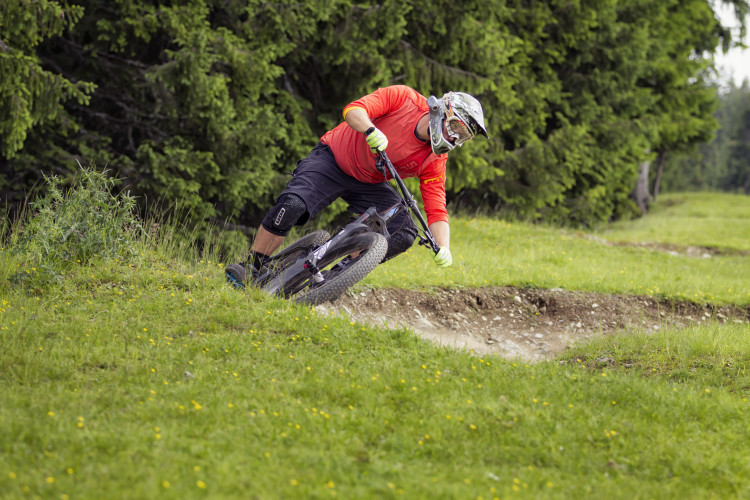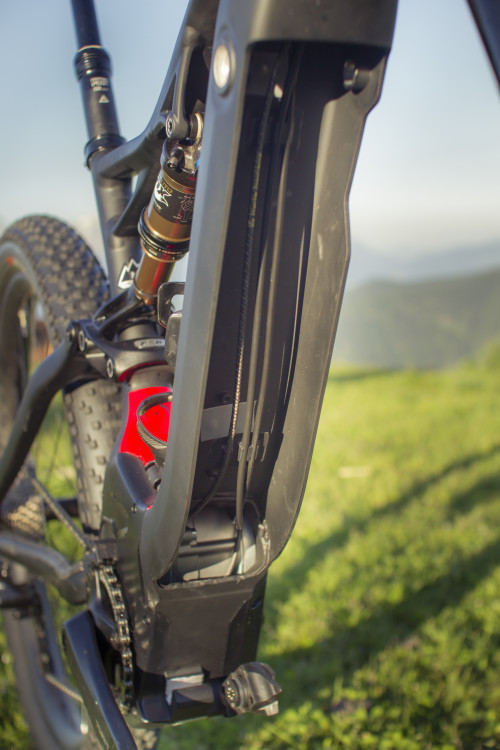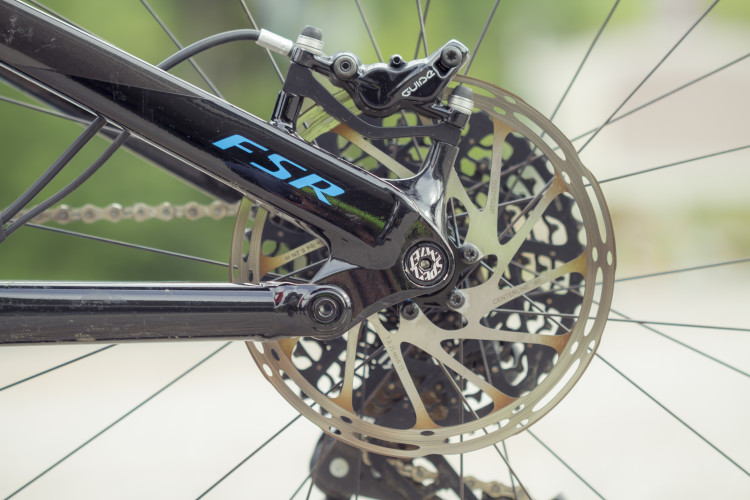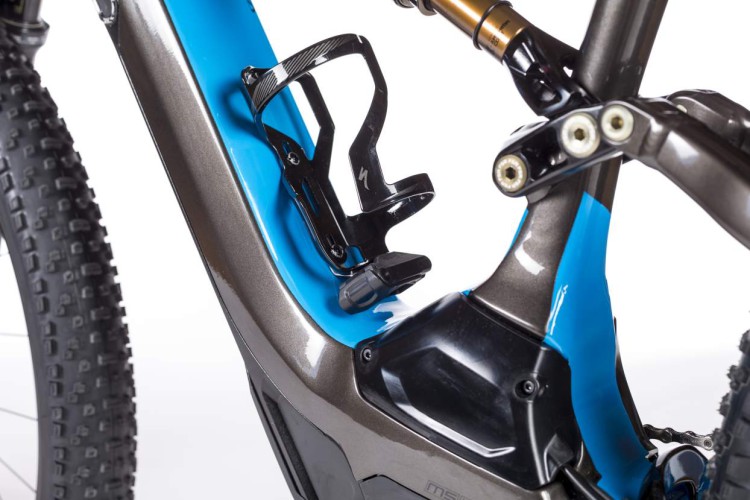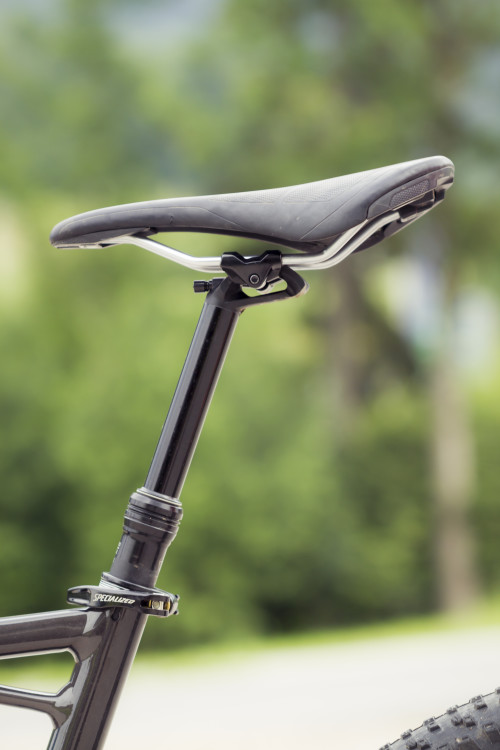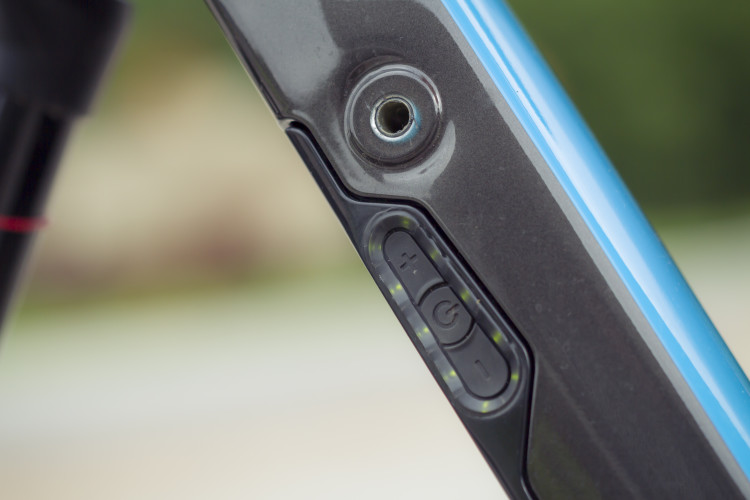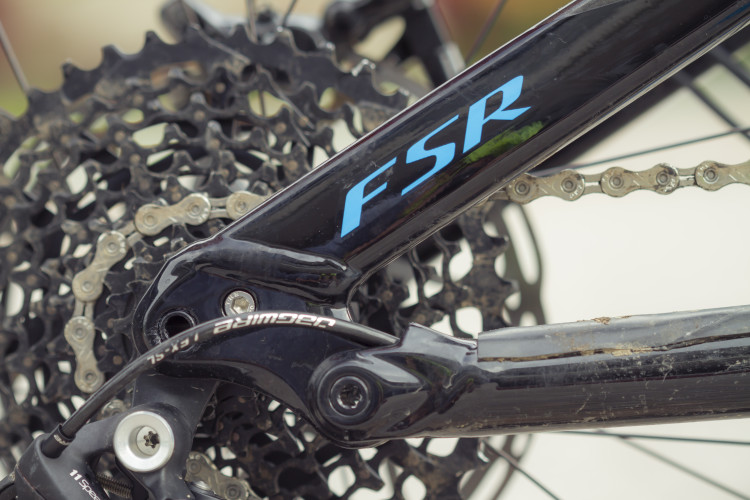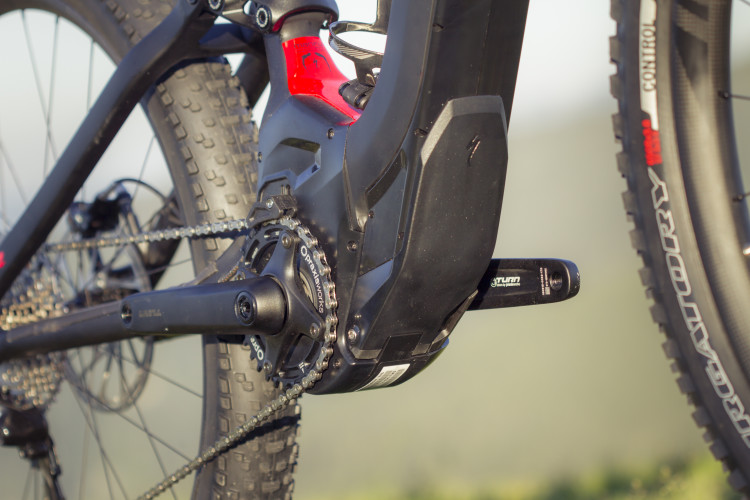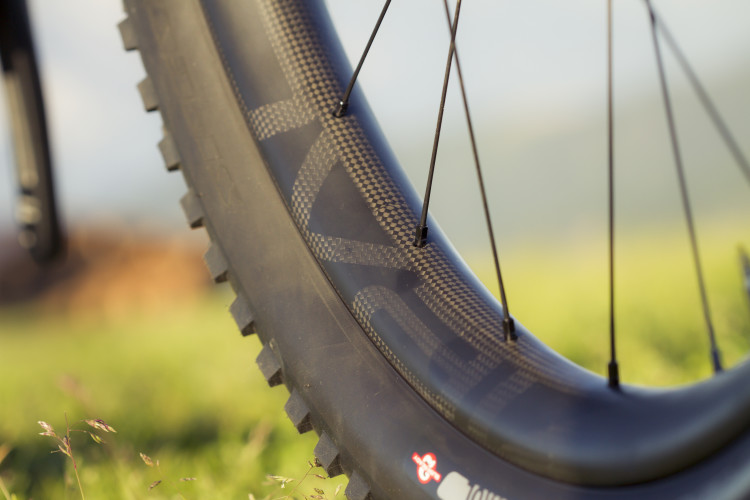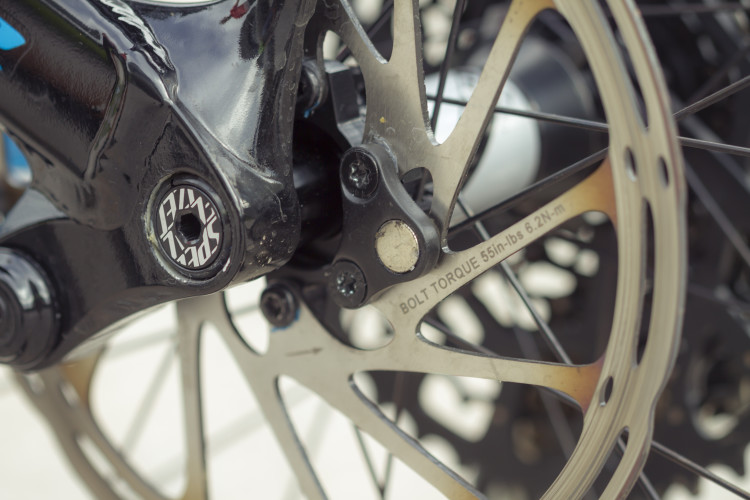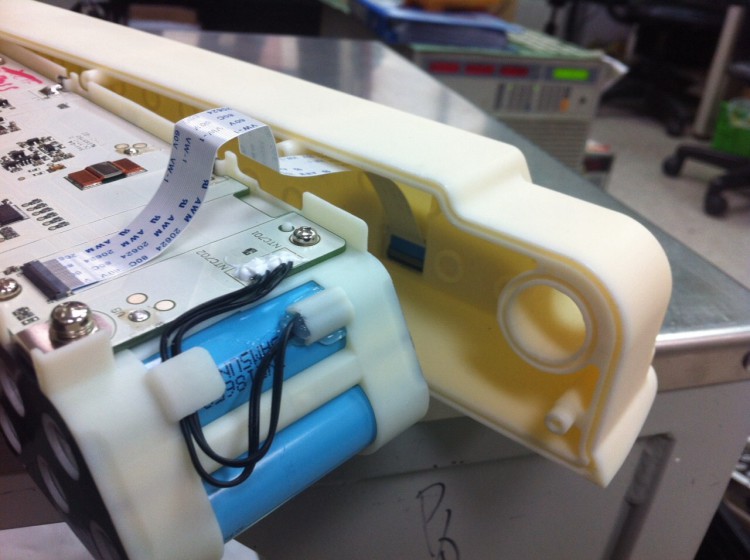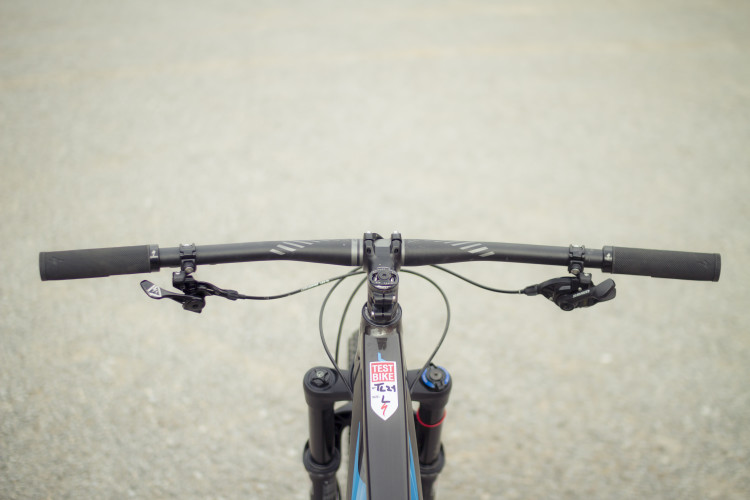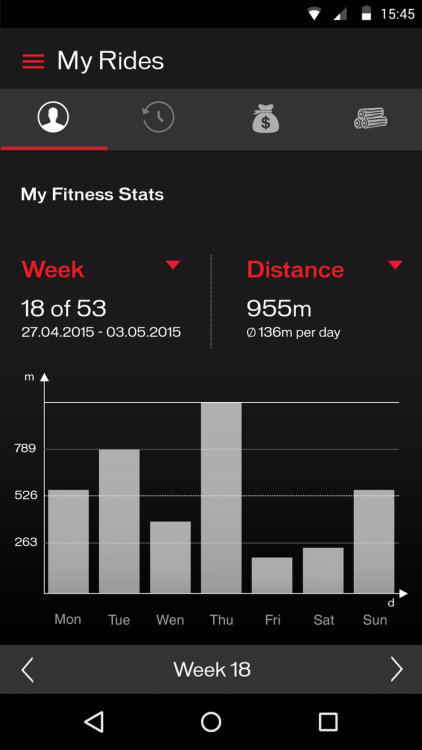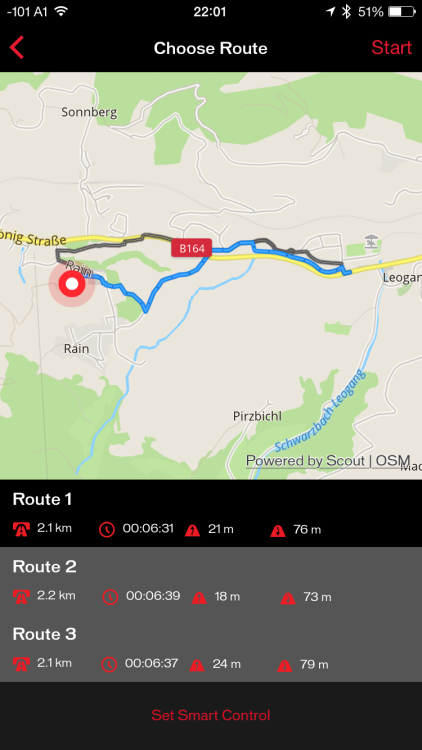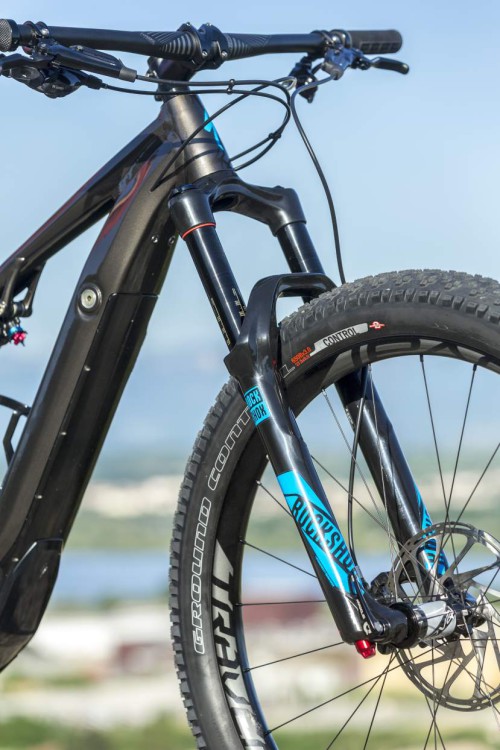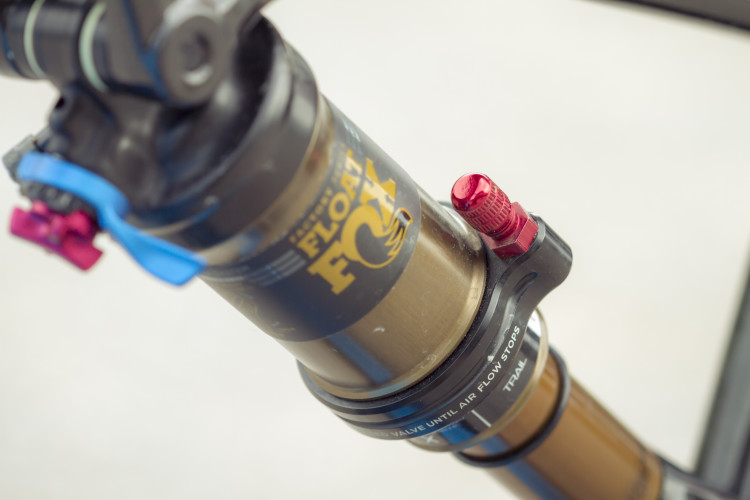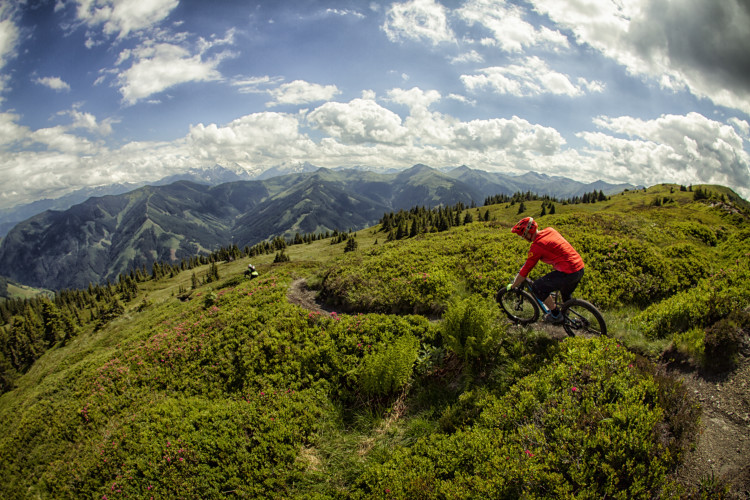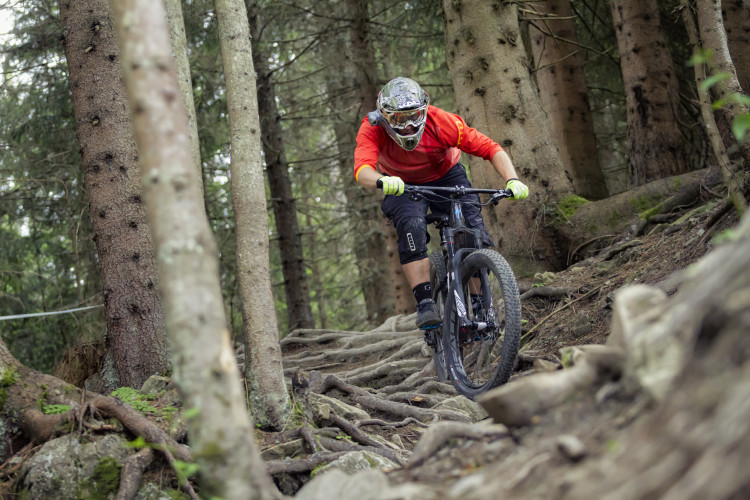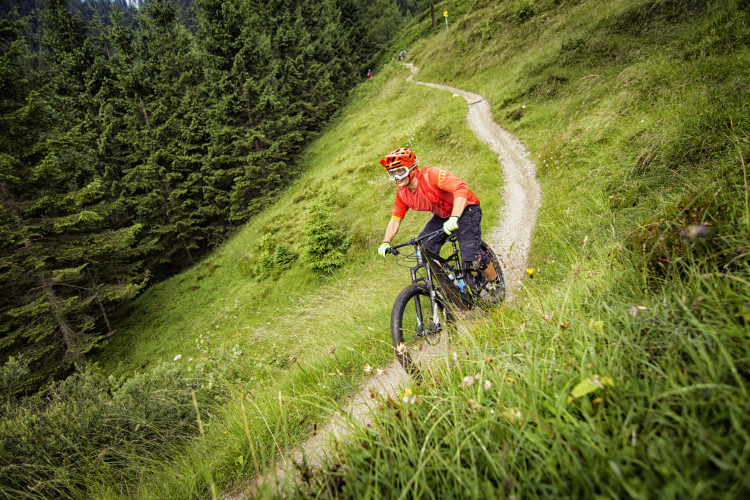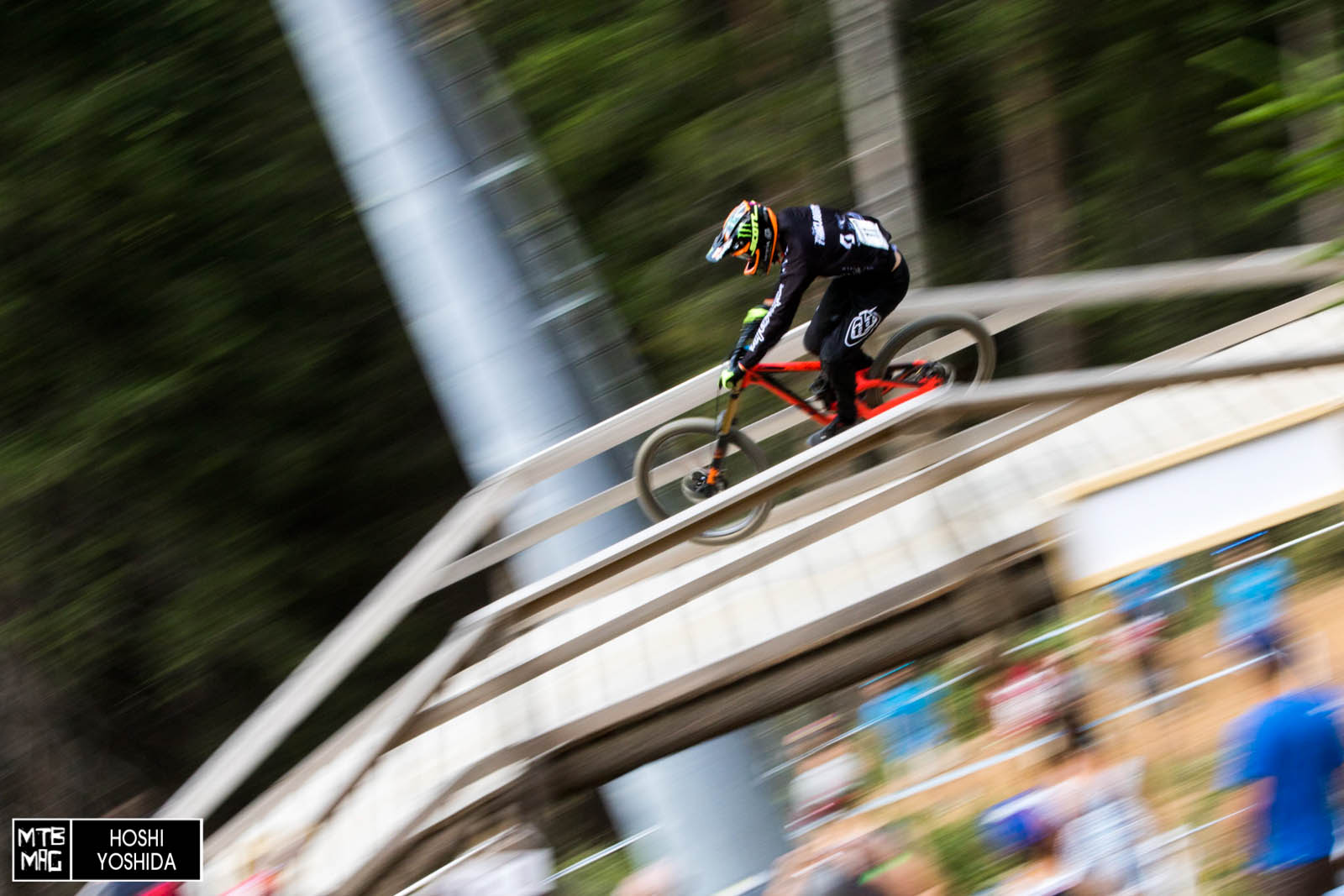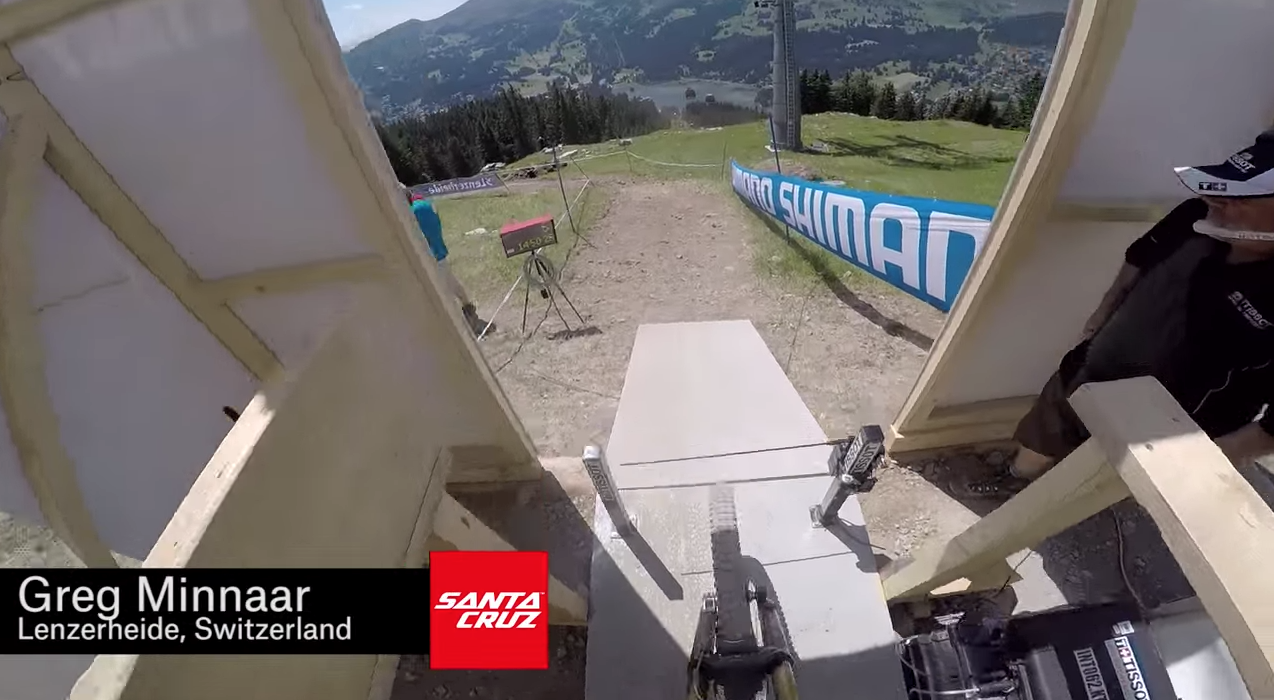[ad3]
Specialized launched their Turbo Levo FSR yesterday (full article here). We take an in depth look at how it rides and how Specialized have approached the E-bike market.
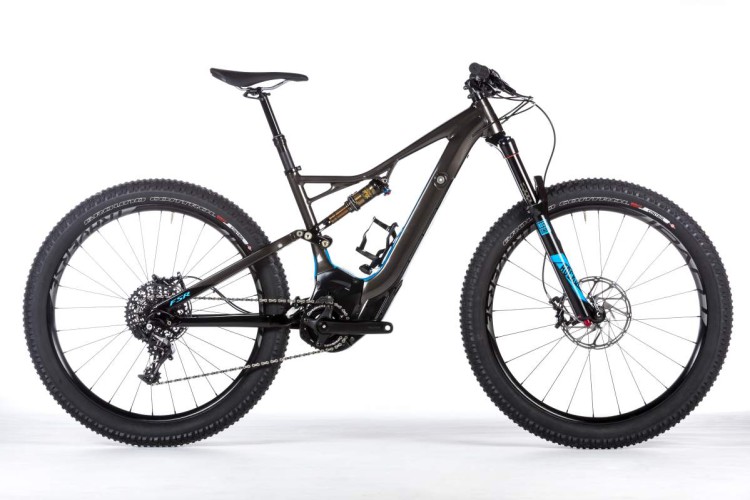
The Specialized Turbo Levo FSR, a bike that might change how we look at mountain biking.
How We Tested It
Specialized organised a special press event in Leogang, Austria where we rode the Levo in a variety of conditions. Each rider was given their own bike for the whole three day event so that each technical detail could be set-up and tuned according to rider preference. Each rider was given the choice to use a GPS device with the bike. We decided to follow the Specialized philosophy of no display and left our device behind. We then spent time climbing and descending in a variety of conditions, including technical rock, smooth flowing trails covered in leaves, grippy smooth gravel, mud and roots. We even took the Levo to the Leogang Downhill track, to give it a thorough work out.
As we climbed up to the top of the bike park we were surprised at some of the inclines we could take on.
Our last ride was down the downhill track.
Frame And Component Build
Our test model was the Expert based Levo. Specialized have created a well furnished bike that can be pushed to the limits with its component choice. The aluminium frame has a specially designed down tube with a cut out section to accommodate the battery. It features a specially forged section to house the motor.
The down tube is specially reinforced on the sides and at the top to be strong enough to endure the rigors of riding. The battery does not play any part in frame strength. However the lower forging frame interface does contain a special tapered slot that means the battery gets progressively tighter as it is installed onto the frame. This in conjunction with the top securing axle means the battery has zero movement.
Specialized chose the SRAM Guide RS – reliable four piston brakes with 200mm discs front and rear to provide extra stopping power, something Specialized felt necessary considering the gain in weight compared to a normal trail bike.
The SWAT storage system is seen throughout the Levo, here under the headset cap is a spare chain link and chain breaker.
The SWAT theme continues with the use of a bottle cage and bike tool. The frame design has given rise to the ability of there being enough space within the frame for a normal water bottle.
Every model will come standard with a hydraulic seat post. The saddle we rode was a Henge expert.
Specialized specified the 460 watt hour battery for our test ride. Here it locks in place with a screw in axle, with the only display visible on the bike being ten LEDs. Each LED represents 10 percent of charge remaining. There are also three buttons present, power on, increase power and decrease power. There are three power modes, turbo, trail and eco. As we were riding without a computer display we mostly stayed in turbo mode, sometimes dropping to trail mode when riding uphill in wet conditions, so we the rear tire was less apt to spin out.
The Levo Expert uses an 11-speed X-1 cassette with a 32T chain ring up front. Gear changes as with all assisted bikes have to be done without pushing hard on the pedals, as the combined force of pedals and motor can cause extra wear on the cassette. No incidents of chains snapping have ever been recorded despite all the extra power. Component companies are rumoured to be working on slightly more durable cassettes and chains for E-bike usage. The downside is a supposed slight weight penalty.
The 32T steel chain ring is held in place by a chain guide and the 250 watt motor is protected by a bash plate. Steel is used to offset the extra wear from the assist function. The crankset is 104 BCD compatible and all standard 1 x 11 rings fit the front of the bike.
All component cables run internally and are easily accessible behind the battery.
Specialized have specified their Roval 38mm 6Fattie rims on Boost SRAM 148mm standard hubs. They provided a significantly noticeable improvement in grip and riding stability in all aspects of riding when combined with 3″ tyres. The greater internal rim width gives extra support to the tyre and also enables lower pressures to be run. A greater internal width of rim also allows the tyre to retain a better shape when cornering.
Ground control tyres were fitted front and rear. With the extra volume, pressures were run around 2 bar, which provided amazing grip both up and downhill. There is around 50% more contact patch from the tyre with the 3″ version of the tyre installed. Purgatory tyres will be fitted on the front wheels for the finalized shipping bikes. The extra shoulder grip meant sketchy lines across off camber sections of trail became stable and solid. Cornering was overwhelmingly improved compared to standard 27.5″ tires. We had the ability to push harder and lean more into most corners, and the tyre gave warning a bit better before it let go.
Motor And Battery
When Specialized began their quest to build the Levo they were not happy with the standard motor and battery solutions on the market. In their opinion they did not have enough freedom to create a product that would meet demands so they created their own battery and motor with some special development and production partners.
Specialized wanted to be able to control the power application/interaction of the motor to the wheels, not be given pre-set parameters to work within. They also wanted a high level of water resistance on their system, and to be upgradable in the future.
The motor needed to be placed as low as possible in the frame yet at the same time respect the needs of trail users, and not protrude from the bottom of the bike. The outcome is a custom forging and motor that is no more visible than a standard ICG bash guard.
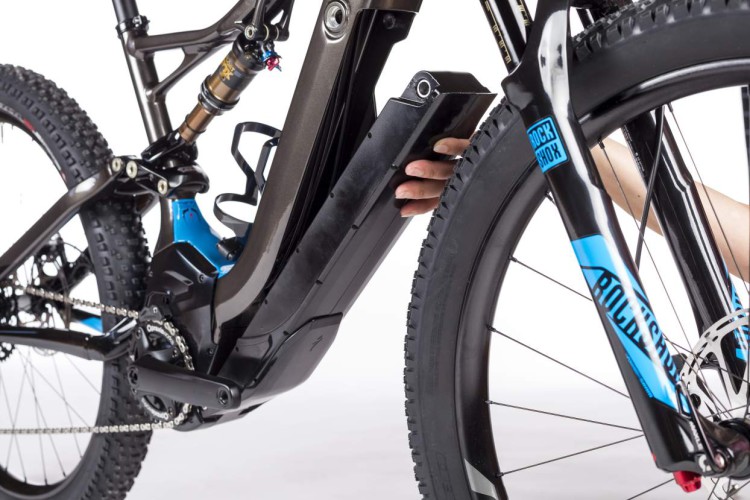
Battery installation is quick (around 30 seconds). Notice also how the motor surface does not sit much lower than the 32T ring.
The speed sensor is a special custom design with no protruding cables or risk of being damaged. Specialized did not want a system that is sensitive to failing because of an errant rock or twig that might knock the sensor out of place. The cable is internally placed within the chain stay, and the low profile magnet is attached securely to the disc. Zero problems were experienced with this set up when we rode it.
Research and development on the battery design was intensive, Specialized opted for their own electronic controls and cells supplied by the same people that supply Apple.
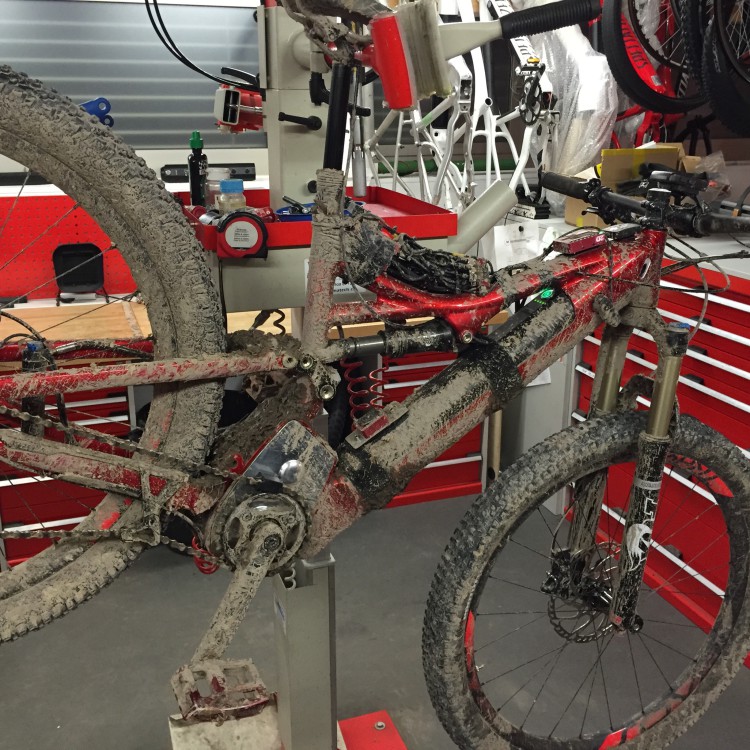
When the assist functions were being developed, Specialized worked to monitor all aspects of motor performance and placement with telemetry.
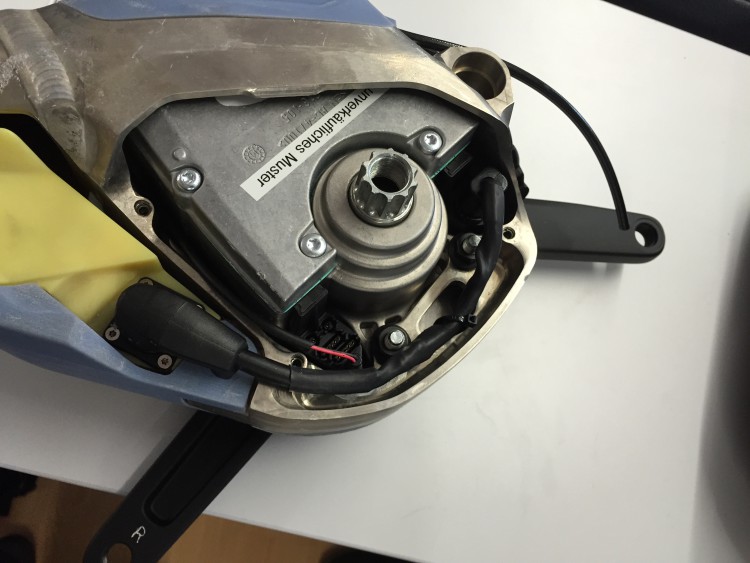
A cutaway of an early motor under development, showing a very short wiring loom, reducing any risk of cable failure problems. Also notice the international standard of crank interface on the bottom bracket. Specialized was not vocal about the motor supplier.
All the above design elements have lead to this, a bar with zero electronic intrusions if desired. The idea is to ride and forget about the system and what it is doing.
Control App
The new app, that will be available for IOS and Android smartphones, connects to the bike via Bluetooth. There is also the ability to use the ANT+ standard to connect a Garmin GPS. The designers of the system wanted to give the users complete control over how the pedal assist bike responds to rider inputs.
Specialized also wanted to provide worry free riding, no more fear of running out of battery. To do this they have implemented a smart control system that can calculate all the parameters of power, altitude and distance, to make sure the rider gets home with a specified amount of battery remaining. All the user needs to do is put the phone with the connected app in their pocket or pack with their preferences registered whilst they are riding. We did not have the opportunity to try the app with our personal bikes as it is still in development stage an not yet available on the app store.

Here we can adjust basic parameters and how intense each setting is.

The smart control is easy to use – just slide and ride and make it home with no display reminding you what is going on.
The app also records other details of your rides over time, and routes which can then be shared on to Strava with the new Ebike features that Strava have introduced.
Suspension
With the increase in weight and tyre size, the introduction of the extra rigidity that the Boost standard on the 130mm Rockshox Yari fork gives was greatly appreciated. The rear FSR system is damped by a Fox shock, with auto sag.
When setting up our suspension, we felt that a different approach was needed with the front fork compared to a normal bike. With most bikes that are installed with a Rock Shox Charger based fork, we have always gone for a 30 percent sag factor. However after much experimentation we felt that due to the extra weight especially when descending on steep trails, a lower sag was necessary. During our test period we settled on around 15 percent sag and three clicks of compression, an increase from around 105 psi to 125 psi in the fork. With this setting all our riding felt lively and normal. We used our go to mid position rebound and the fork performed well, certainly feeling stiffer in corners than a Pike.
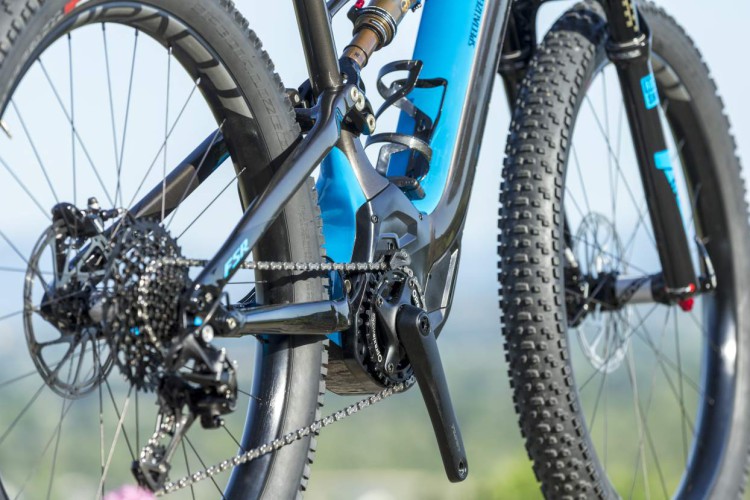
Rear suspension layout, with a classic four bar FSR linkage.
We did not change our approach to rear suspension set-up. We used the auto sag feature and rode the bike as we normally would. The rear linkage was supple, active and planted. Rear traction was constant and smooth. We did bottom out the shock once, Specialized informed us they are still tuning the rear shocks, so it is probably not necessary to comment further on performance until a final tune has been developed.
On The Trail
Specialized approached the Turbo Levo with the same aim of any trail bike: make it fun to ride. When we first climbed on board and dropped into a few trails we could immediately feel the slack head angle and short chain stays that are synonymous with Specialized. The bike’s geometry felt composed and yet reactive in all the situations that we put it in. In fact we have started writing this test as if it was a normal trail bike, the fact of the matter is that the bike felt completely normal, just a bit heavier when riding down and supercharged when riding up.
The pedal assist feature of the Levo was quite simply way ahead of anything else we have ever tried. The power take up is smooth and responsive, to the point that you are not sure the power is actually on. Motor noise levels are quieter than any other system we have tried. Pedaling uphill is like riding a normal bike, except that when you stop for a moment to look at what you are riding up, the incline is often greater and the effort required to climb is less harsh. After doing that for a few hours you feel tired but you have covered so much more ground.
On one of our test ride loops, on fairly benign gravel trails, we achieved in 1.5 hours what would have taken 2-3 hours on a non-assisted bike. Yet we had probably more fun. The Specialized Swiss based developers tell us that despite the assist feature, their time on the bike has actually led to a general increase in fitness levels in the office when they go for lunch rides. They also emphasised how they have discovered many more trails locally and also go on rides to more exceptional locations, as the climbs that would hurt a lot more and require more time, have become much gentler and quicker to get up. Based on our ride to the top of the bike park in Leogang and a ridge ride for a few kms uphill over very rooty, muddy, rough terrain we can see where they are coming from.
When we pointed the Turbo Levo downhill on more aggressive trails it felt similar to a normal Specialized trail bike. The extra weight led us into straighter lines when we tackled technical sections, and slightly greater anticipation when braking as the bike has more momentum. Other than that we rode the bike the same way we would ride any other trail bike.
The use of 6Fattie tyres certainly gave added grip and stability to the Levo, which countered any downsides of the extra weight. The 130mm of suspension travel in combination with the 6Fattie tyres felt like a 160/150 mm bike. The 6Fattie wheels also gave extra side support when on off-camber sections, combined with the extra weight the bike actually felt more planted, so when we did hammer through rough rooty sections, the bike stayed upright and stable. At no point did we feel we had an out of control freight train under us. The only difference we noted that required a different way of riding was correcting our own trail errors. As the bike weighs more it is harder to shift it sideways mid error. However due to the low very stable centre of gravity and planted feeling, the bike just piles through anyway. We were probably trying to correct something that in reality with the Turbo Levo, didn’t need correcting.
“Sideways” was a new word that popped up in our vocabulary more often than before on the Levo, the use of the 6Fattie tyres meant almost every corner the bike tackled could be done in a more fun way. Cornering was fun and controlled, the bike always gripped no matter how hard you leaned it over or tried to push the limits with it. One example of this was on a small compression jump that we landed awkwardly and sideways. In normal non-Levo circumstances doing the same move, we are sure we would have been off the bike.
When we had reached top speed with assist, which is about 27km/h, we noticed the cut-off on the motor was very discrete and you can cruise along happily downhill or on the flat, just enjoying the ride, you don’t feel you are suddenly pedaling a heavy bike along. Technical climbs over previously impassable surfaces and features became possible with the Turbo Levo. The well controlled power output and assist meant you could cruise up trails that would previously be impassable or require XC World Cup racer levels of fitness, skill and leg power. The gear ratios felt right, we never felt we ran out of gears. Turbo mode with 42-32T is incredibly powerful when climbing.
After a while we wondered if we would ever go back to a normal trail bike, no matter where we rode or what we did, we had fun. Our power consumption on one epic ride led us to arrive home with about 20 percent of battery remaining, 80 percent consumption was the most we ever used in a day of riding. We probably spent most of our time in turbo mode, but honestly when we were in trail mode we felt that there wasn’t that much difference in our performance/fun output. Turbo mode gave a bit more power uphill and on the flat, but nothing that made us feel we were missing out when in trail mode.
Jan Talavasek, the chief engineer on the project, was confident enough to say that in Eco mode for normal ride distances you will probably never or extremely rarely run out of power. We didn’t have time to test this point but would love to find out if it is true in a longer term test.
Conclusions
There are a lot of innovations and new technical things taking place with the Turbo Levo FSR. It is has so many new technical elements of biking installed on to it, the experience with the bike can only be described as advanced and like nothing that has gone before it.
The use of 6Fattie tyres felt appropriate in this application. The power assist and what is now possible with trail riding was refreshing. Weight distribution in all different circumstances felt balanced. Aesthetically, there are no strange protrusions or wobbly batteries rattling around. The geometry of the bike is in line with what we’ve grown accustomed to and enables the user to pretty much ride any type of trail that they desire, in both directions, stably and within their comfort zone. All in all, the Levo is very far ahead of the competition. The Levo is the new baseline by which all other pedal assist mountain bikes will be judged.
[ad12]


